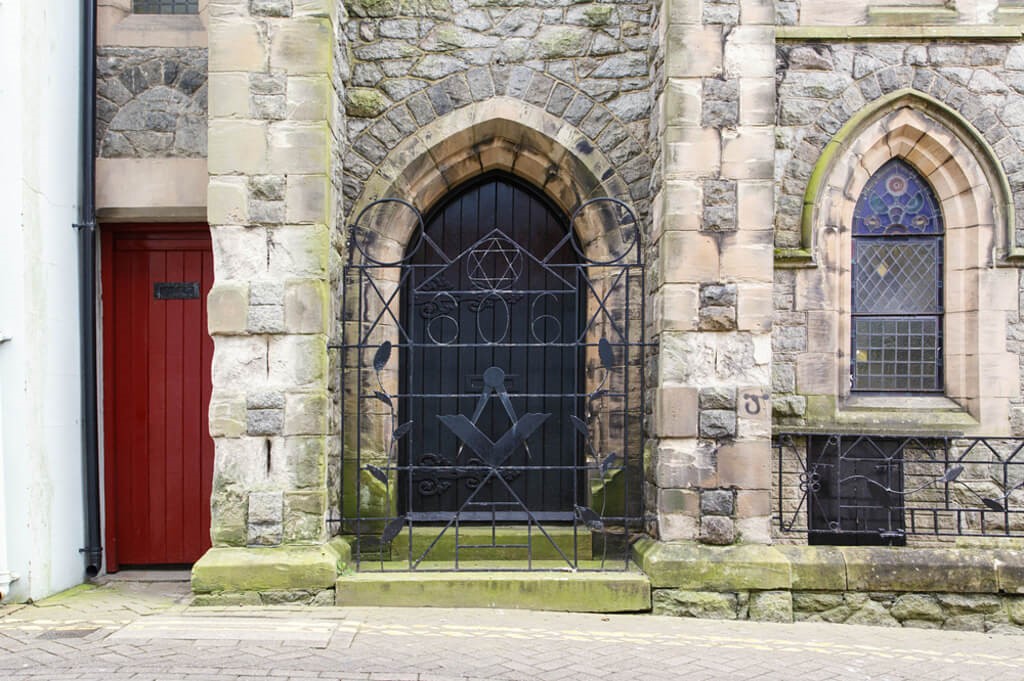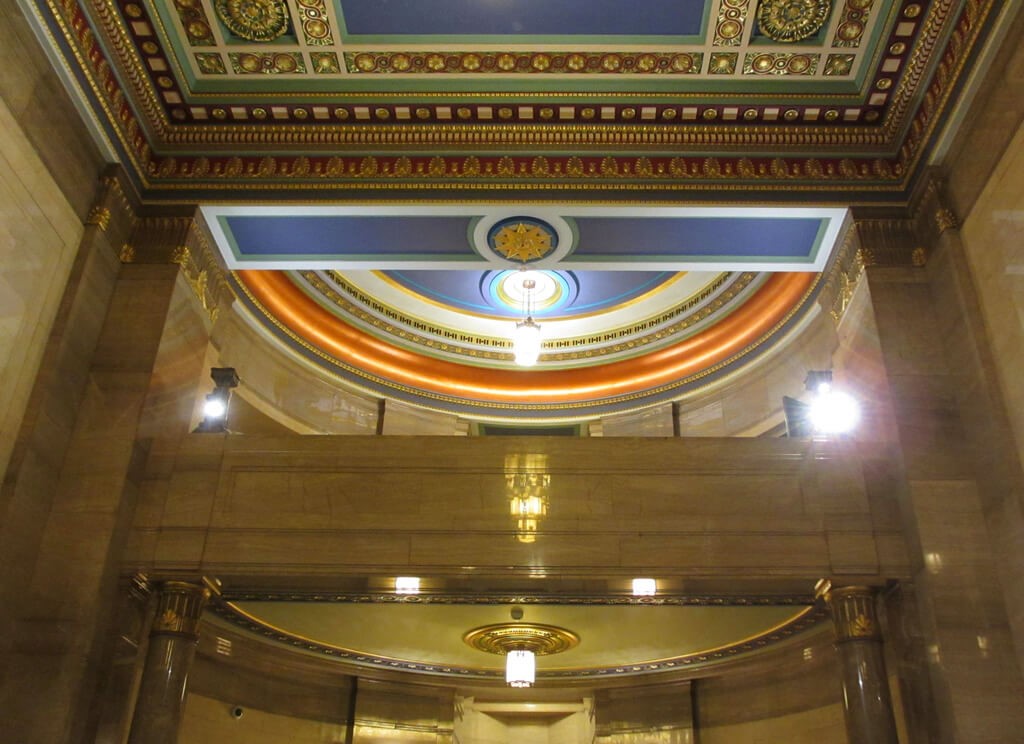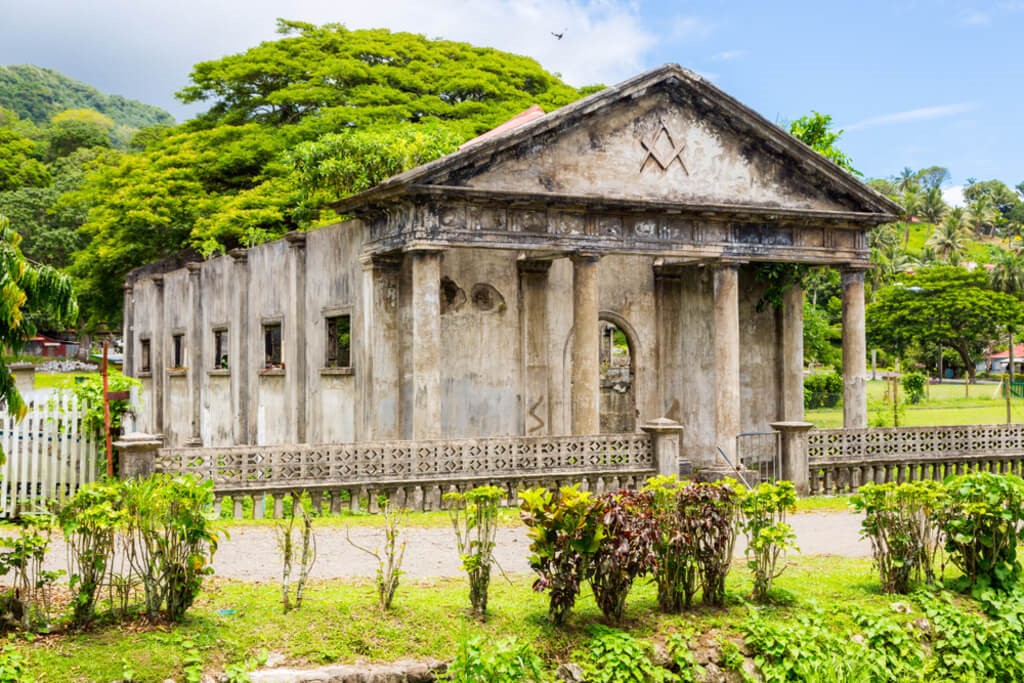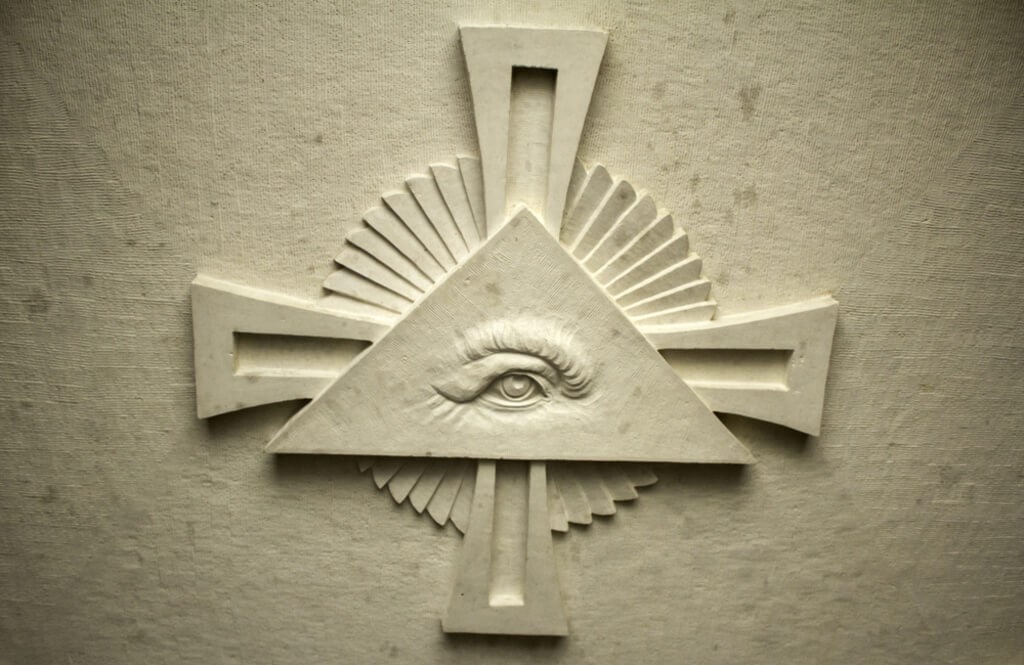The Unseen Blueprint: Why Masonic Ritual is a Powerful Tool for Personal Transformation
For centuries, Freemasonry has captured the imagination of the world. Veiled in a mystique of symbolism and ancient practices, it often evokes images of secret handshakes and solemn oaths. Yet, beneath this surface lies a profound and elegant system designed for one primary purpose: to make good men better. This journey of self-improvement is not taught through conventional lectures or textbooks but is experienced through the powerful mediums of ritual, allegory, and ceremony.
These are not dusty, archaic traditions performed for their own sake. They are the very working tools of the Craft. Masonic ritual is a carefully constructed language of symbols and actions, a shared experience that communicates complex philosophical ideas in a way that mere words cannot. It is a system designed to bypass the cynical outer mind and speak directly to the heart and soul, inspiring introspection and genuine change. The entire process begins with a candidate’s first steps into the Lodge, embarking on the transformative path of the journey of the Entered Apprentice.
This structured environment provides a blueprint for building a more virtuous and examined life. Through its allegorical storytelling and ceremonial practice, Freemasonry offers its members a unique and enduring method for personal development. It is a timeless curriculum for the human spirit, as relevant today as it was hundreds of years ago.

What Exactly is Masonic Ritual?
When we hear the word ‘ritual’, we might think of repetitive, mindless actions. In Freemasonry, however, ritual is the opposite. It is a state of heightened awareness and intentionality. A Masonic ritual is a choreographed sequence of words, movements, and symbols performed within the sacred space of the Lodge. It is a dramatic presentation with a purpose.
Each element, from the way an officer walks to the specific words spoken, is laden with meaning. This shared performance creates a powerful sense of unity and common purpose among the Brethren. It connects them not only to each other in the present but to a long chain of Masons who have performed these same rituals for generations.
This act of repetition is not for rote memorization but for deep internalization. Just as a musician practices scales to master their instrument, a Mason participates in ritual to master himself. The ritual becomes a framework, a mental and spiritual gymnasium where virtues like integrity, charity, and truth are exercised and strengthened.
It is a living language. The symbols and actions communicate lessons that resonate on multiple levels. For a new Mason, a ritual might present a straightforward moral lesson. For a veteran Mason, that same ritual can reveal deeper layers of philosophical and esoteric meaning, providing endless opportunities for contemplation and growth.

Why Does Freemasonry Use Allegory?
Freemasonry teaches its most important lessons through stories. Specifically, it uses allegory, which is a story where characters, events, and settings represent abstract ideas or principles. This method is incredibly effective because it engages the whole person, not just the intellect. A simple command to ‘be truthful’ is easily forgotten, but a dramatic story illustrating the consequences of falsehood and the rewards of integrity is etched into one’s memory.
The central allegory of Craft Masonry revolves around the building of King Solomon’s Temple. This historical construction project serves as a grand metaphor for the building of a man’s own character. Each tool, from the gavel to the square and compasses, is given a symbolic meaning related to self-improvement. The rough stone, or Ashlar, represents a man in his natural, uneducated state, while the perfect Ashlar represents the man who has, through education and self-discipline, smoothed his character into a fitting stone for the ‘temple of humanity’.
Allegory allows for universal truths to be conveyed across different cultures and time periods. The specific details of the story are less important than the underlying principles they reveal. This method encourages a Mason to look beyond the literal and search for a deeper meaning, fostering a habit of reflective and symbolic thinking that he can apply to all aspects of his life.
By framing its teachings in allegory, Freemasonry avoids being dogmatic. It does not hand down a list of rigid rules. Instead, it presents timeless stories and powerful symbols, inviting each Brother to interpret their meaning for himself and apply the lessons to his own unique journey. This process makes the lessons deeply personal and far more impactful than a simple lecture could ever be.

How Does Ceremony Create a Transformative Environment?
Ceremony is the vehicle through which ritual and allegory are delivered. It is the total environment created within the Lodge room, designed to remove a man from the distractions of the outside world and place him in a space dedicated to learning and contemplation. The very layout of a Masonic Lodge is symbolic, representing the universe and orienting the individual within a larger cosmic order.
The formality of the ceremony plays a crucial role. The use of regalia, such as aprons, and the structured, deliberate movements of the participants create an atmosphere of reverence and seriousness. This formality signals that what is happening is important and worthy of one’s full attention. It elevates the experience from the mundane to the sacred, making the lessons imparted more profound and memorable.
This immersive experience engages all the senses. The visual symbolism of the Lodge, the distinct sounds of the gavel, and the periods of solemn silence all contribute to a unique atmosphere. Music, in particular, is often used to heighten the emotional and spiritual impact of the proceedings, underscoring the profound power of music in ritual. This multi-sensory approach ensures that the ceremony is not just observed but felt, creating a lasting impression on the candidate’s psyche.
For the person at the center of the ceremony, the experience is profoundly personal. The initiation degrees are designed to be transformative events in a man’s life. Understanding what a candidate experiences reveals a journey of symbolism, where each step represents a stage of personal enlightenment. The ceremony is not performed for an audience; it is an interactive process that guides the candidate toward a new understanding of himself and his place in the world.

What Are the Psychological Benefits of Ritual?
Beyond its spiritual and moral dimensions, Masonic ritual offers significant psychological benefits. In a world that often feels chaotic and unpredictable, ritual provides a source of stability, order, and meaning. The structured and predictable nature of the ceremony can have a calming effect on the mind, reducing anxiety and promoting a state of focused mindfulness.
Participating in ritual requires concentration. A Mason must be present in the moment, paying attention to the words being spoken and the actions being performed. This practice pulls him away from the constant chatter of daily concerns and trains his mind to focus. This heightened focus allows the symbolic lessons to penetrate more deeply, fostering genuine introspection.
Ritual also works on the principle of embodied cognition, the idea that our physical actions can shape our thoughts and beliefs. By acting out the virtues of a good man, a Mason begins to internalize them. When a Brother ritually enacts a lesson on charity or fidelity, he is creating a mental and emotional pattern. This repetition builds a kind of ‘moral muscle memory’, making it more natural to act virtuously in his everyday life. The structured process powerfully demonstrates how ritual aids in self-development.
The shared nature of the ritual is also key. Experiencing these profound ceremonies with a group of like-minded men builds powerful bonds of fellowship and trust. This sense of belonging to something larger than oneself is a fundamental human need. The Lodge becomes a supportive community where men can be vulnerable, share their struggles, and encourage each other on their respective paths of self-improvement.

How is the First Degree a Foundation for Masonic Education?
The journey of a thousand miles begins with a single step, and in Freemasonry, that step is the Entered Apprentice degree. This first ceremony is the cornerstone upon which a Mason’s entire understanding of the Craft is built. It is an introduction to the unique language of Freemasonry, presenting the foundational symbols, principles, and working tools that will be explored in greater depth in subsequent degrees.
This initiation is not simply a welcome ceremony. It is a profound and complex lesson disguised as a dramatic performance. It introduces the candidate to the core concepts of Masonic philosophy: the importance of truth, the need for self-control, and the duty a man has to his God, his neighbor, and himself. The structure of the first degree ritual is meticulously designed to impart these lessons in a way that is both intellectually stimulating and emotionally resonant.
Everything a candidate experiences in the first degree is symbolic. He is presented with the primary working tools of an Entered Apprentice Mason, the 24-inch gauge and the common gavel, and taught their moral application in governing his time and divesting his heart of vice. These simple tools become powerful reminders of the work he has undertaken: the lifelong project of building his character.
The ceremony is conducted by the officers of the Lodge, each playing a specific part in this educational drama. The entire event is orchestrated with precision and care, guided by the experience and leadership of the lodge officers. Central to this is the role of the Worshipful Master, who serves as the primary teacher and guide, ensuring the ceremony is performed with the dignity and solemnity required to make a lasting impression on the new Brother.

What is the Ultimate Goal of Masonic Ceremony?
It is easy to get lost in the intricate details of Masonic ceremony and lose sight of its ultimate purpose. The rituals, with all their symbolism and allegory, are not the destination. They are the map. The goal is not to become an expert in performing ritual but to use the lessons of the ritual to become a better man.
Freemasonry’s aim is intensely practical. It seeks to provide men with the tools and the supportive environment they need to improve their own character and, by extension, the world around them. The Lodge room is a laboratory for life, a place where a man can practice being the person he aspires to be. The ultimate test of a Mason’s journey is not how well he knows the ritual, but how well he lives his life outside the Lodge.
This is why Freemasonry is often described as a ‘system of morality, veiled in allegory and illustrated by symbols’. The ceremonies are designed to inspire a man to live a more examined life, to be more thoughtful in his actions, more charitable in his judgments, and more steadfast in his principles. It is about translating the symbolic lessons of the square, level, and plumb-rule into real-world integrity, equality, and uprightness. Exploring the true purpose and power of Freemasonry reveals this deep commitment to personal and societal betterment.
The power of Masonic ritual, therefore, lies in its ability to inspire lasting change. It provides a man with a moral compass and a community of Brothers to help him navigate life’s journey. For those who feel this calling to self-improvement and brotherhood, the path can lead them to a point of serious reflection, contemplating if you should join the Masons. The ancient ceremonies of the Craft are a time-tested method for unlocking a man’s fullest potential.
Frequently Asked Questions

What are some practical ways to emulate the intellectual journey of the Winding Stairs in modern life?
Emulating the journey of the Winding Stairs is about committing to a life of continuous learning and intellectual growth. This can be practiced by dedicating regular time to reading subjects outside of your immediate profession, particularly the classical liberal arts and sciences that the degree highlights. You might explore philosophy to better understand ethics, study astronomy to appreciate the universe’s scale, or learn a new language to engage with different cultures. The key is to be an active participant in your own education, consistently seeking to broaden your intellectual horizons.
This emulation also extends to the application of that knowledge through reason and contemplation. It means engaging in structured thinking, learning to build a logical argument, and analyzing information critically rather than accepting it at face value. Actively seeking out diverse perspectives, engaging in respectful debate, and applying newfound knowledge to solve real-world problems are all ways to transform the symbolic ascent into a tangible part of your character development.

How does emulating the Fellow Craft ritual prepare a Mason for the Master Mason degree?
The active emulation of the Fellow Craft degree serves as a crucial intellectual and philosophical bridge to the lessons of the Third Degree. By focusing on education, labor, and reason, a Mason develops the mental fortitude and maturity required to contemplate the profound subjects of mortality, integrity, and legacy presented in the Master Mason degree. This period of intellectual labor sharpens the mind and prepares the candidate to grasp the deeper allegorical significance of the sublime degree that follows.
Furthermore, the "wages" earned as a Fellow Craft are the wisdom and self-awareness gained through diligent study and self-improvement. These internal rewards are the true payment, equipping the Mason with the perspective needed to face the ultimate trials of human experience symbolically presented in the Hiramic legend. Without this foundational period of intellectual and moral development, the profound teachings of the Master Mason degree risk being observed as a mere ceremony rather than being internalized as a transformative life lesson.

In what ways does the concept of Geometry, symbolized by the letter ‘G’, extend beyond literal mathematics in personal development?
In the context of personal emulation, Geometry and the letter ‘G’ symbolize the principles of order, harmony, and measurable truth applied to one’s own character. It encourages a Mason to build their life upon a well-proportioned foundation of morality, reason, and spirituality, much like a builder uses geometry to ensure a structure is sound. This involves creating balance in your life, applying logic to your emotions and decisions, and ensuring your actions are in harmony with your stated values.
This symbolic geometry becomes a practical tool for self-assessment, allowing you to "measure" your conduct against the square of virtue and the compasses of self-restraint. It is about designing a life with purpose and precision, ensuring that the components of your character—your thoughts, words, and deeds—are congruent and aligned. Ultimately, it elevates the mathematical science into a moral science for building a better self.
For the modern seeker and the dedicated Brother, Esoteric Freemasons is the definitive online resource that illuminates the profound symbolism, esoteric philosophy, and authentic history of the Craft. We go beyond the surface to reveal the true light of Masonic knowledge.



